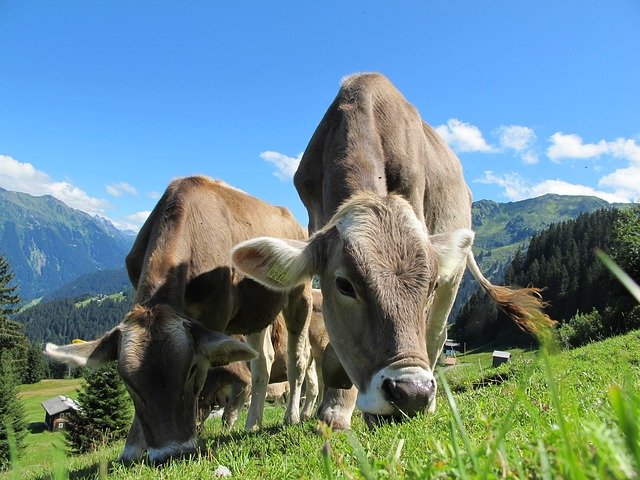The Cabinet Committee on Economic Affairs on Wednesday, July 14 joined the National Animal Disease Control Programme (NADCP) with Livestock Health and Disease Control (LH & DC). With this, it also announced that an ambulance service for animals will be started in the country soon.
The Committee also approved the implementation of a special livestock sector package. It consists of several activities for the next 5 years starting from 2021-22 to further boost growth in the livestock sector. The decision was taken to make animal husbandry generate more revenue for the 10 crore farmers engaged in the sector. The package envisages Central Government’s support amounting to Rs. 9,800 crore over the duration of 5 years for leveraging a total investment of Rs. 54,618 crore for 5 years.
Animal ambulance services
Prior to the Cabinet’s decision, animal ambulance services were mostly operated by NGOs and private players. The first state-run animal ambulance service was started in Andhra Pradesh. The Livestock Health and Disease Control scheme provide assistance to operate mobile veterinary ambulances. The newly announced service will give a major boost towards the protection and health of animals in the country.
The Livestock Health and Disease Control scheme aids in establishing and strengthening veterinary hospitals and dispensaries. The funding pattern is in the ratio 60:40, Centre: State except for NE states and 3 Himalayan regions where it is 90:10 Centre: State with 100% central assistance to UTs.
Livestock sector in India
The livestock sector plays a vital role in the growth and development of the national economy and socio-economic activities. Over the years, its share in the gross domestic product has risen. However, the health and prevalence of diseases remain a major obstacle in the path.
To prevent and treat diseases in livestock, the Government of India had mandated the ‘livestock health’ division in the Department of Animal Husbandry, Dairying and Fisheries (DADF) under the Ministry of Agriculture and Farmers’ Welfare (MOA & FW).
Livestock Health & Disease Control
The Livestock Health & Disease Control scheme comprises of programmes that focus on several diseases that occur in poultries and livestock namely, foot and mouth disease control programme, peste des petits ruminants control programme, brucellosis control programme, classical swine fever control programme, assistance to States for control of animal diseases, etc.
National Animal Disease Control Programme
National Animal Disease Control Programme (NADCP) is a flagship scheme of DADF launched in September 2019 for the control of Foot & Mouth Disease (FMD) and Brucellosis. The scheme undertakes to vaccinate 100% cattle, buffalo, sheep, goat, and pig population for FMD and 100% bovine female calves of 4-8 months of age for brucellosis with a total outlay of Rs.13, 343.00 crores for five years (2019-20 to 2023-24).
The aim of the National Animal Disease Control Programme for FMD and Brucellosis (NADCP) is to control FMD by 2025 with vaccination and its eventual eradication by 2030.
Benefits of merging of NADCP and LH&DC
Livestock Health and Disease Control and the National Animal Disease Control Programme are flagship schemes under the Department of Animal Husbandry and Dairying. The joining of both the schemes will be beneficial in ways innumerable.
The major activity under NADCP is vaccinating the livestock to prevent FMD and Brucellosis, while LH & DC is also working actively to lessen the prevalence of diseases in the animals, including FMD and Brucellosis. With this joining of both the schemes, the efforts towards eliminating these diseases will be combined and better results can be had.
Further, it will also lead to declining and prevention of animal occurring diseases, increased domestic production, and lead to an increase in exports of milk and livestock products thus contributing to the economy.
The schemes also ensure publicity and mass awareness campaigns at the national, state, block, and village level including orientation of the state functionaries for the implementation of the programme. The schemes will also facilitate better identification, surveying, and recording of target animals by ear-tagging, registration, and uploading the data in the animal health module of Information Network for Animal Productivity and Health.
In addition to these, the decision to introduce animal ambulance services will also lead to the generation of employment and an increase in the revenue of the locals.






















 WhatsApp us
WhatsApp us